Source: New Smart Element
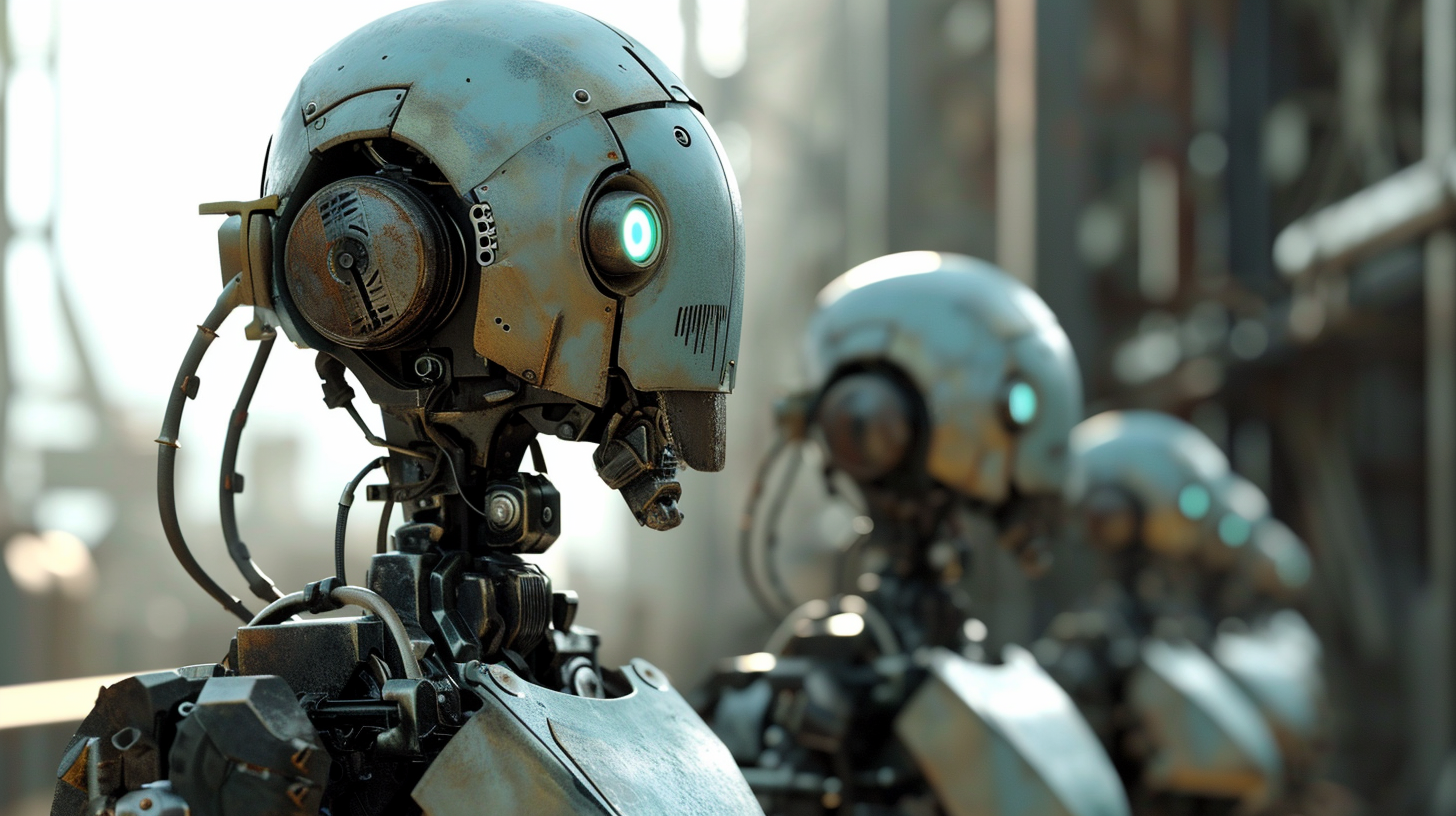
Image Source: Generated by Wujie AI
Recently, foreign media revealed that Sam Altman is planning to raise billions of dollars to establish a global network of semiconductor wafer factories for OpenAI. Is GPT-5 training severely lacking in chips, prompting OpenAI to vow not to let Nvidia take the initiative and instead become the new AI chip overlord?
Sam Altman is currently raising billions of dollars to establish a global network of semiconductor wafer factories!
The likely reason behind this event is that OpenAI has run out of "chips" to train "GPT-5".
Earlier, according to the Financial Times, OpenAI is developing a new AI model, which will be a "major upgrade" from GPT-4 and is expected to be released later this year.
Training GPT-4 required approximately 25,000 A100 GPUs. To train GPT-5, it will require an additional 50,000 H100s. Currently, Nvidia's H100 is priced at $25,000 to $30,000.
Nvidia's AI chips have essentially monopolized the market. How can this lifeline be controlled by others?

Sure enough, foreign media recently reported that Sam Altman is negotiating with Middle Eastern investors and TSMC to establish a cooperative relationship for training and running AI model chips.
The computing power currency determines the future of OpenAI, and it must not be controlled by Nvidia! This time, Altman is determined.
Training GPT-5, OpenAI's demand for chips will only continue to grow
Altman's ambition is to build a self-sufficient semiconductor supply chain empire in the next few years as AI technology becomes widely used.
So, is OpenAI also intending to compete with industry giants such as Intel, TSMC, and Samsung?
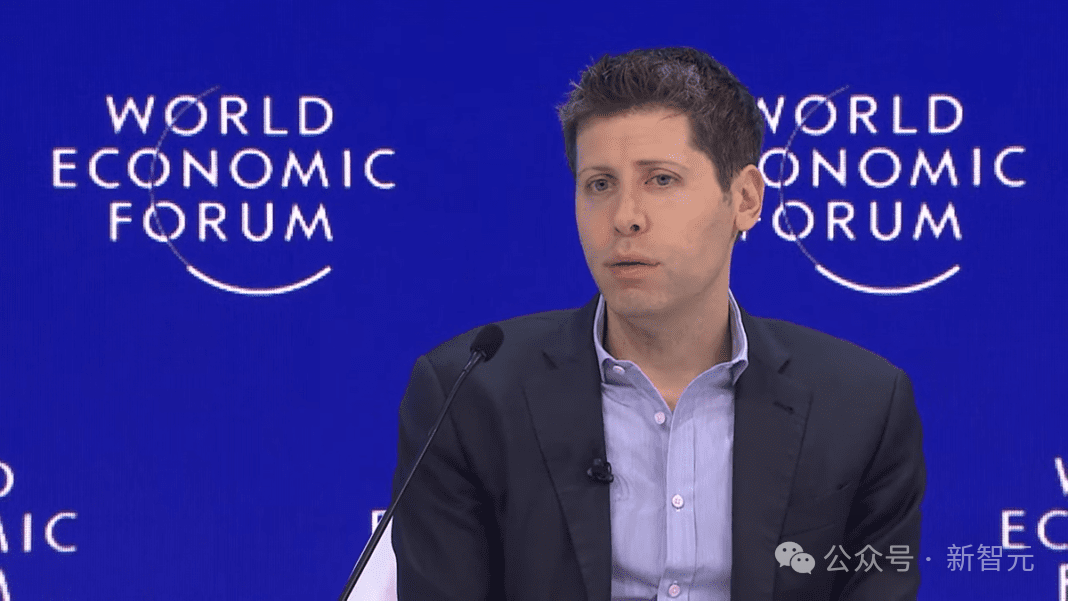
At the Davos Economic Forum, Altman stated that the two major currencies in the future world will be computing power and energy.
Compared to Amazon, Google, Microsoft, and other major companies, Sam Altman clearly has grander plans: to establish a network of AI chip factories.
Altman must be very confident that existing foundries such as TSMC, Samsung, and Intel will definitely not be able to meet the demand for AI chips in the next few years.
Currently, Altman is raising billions of dollars with the goal of establishing a global network of AI chip factories.
He is currently in negotiations with several potential large investors, including G42 headquartered in Abu Dhabi and SoftBank Group.
Clearly, in the era of AGI, there will be a shortage of chips. Altman is very concerned that with the increasing popularity of AI technology, the existing chip supply will not be able to meet the demand for large-scale deployment.
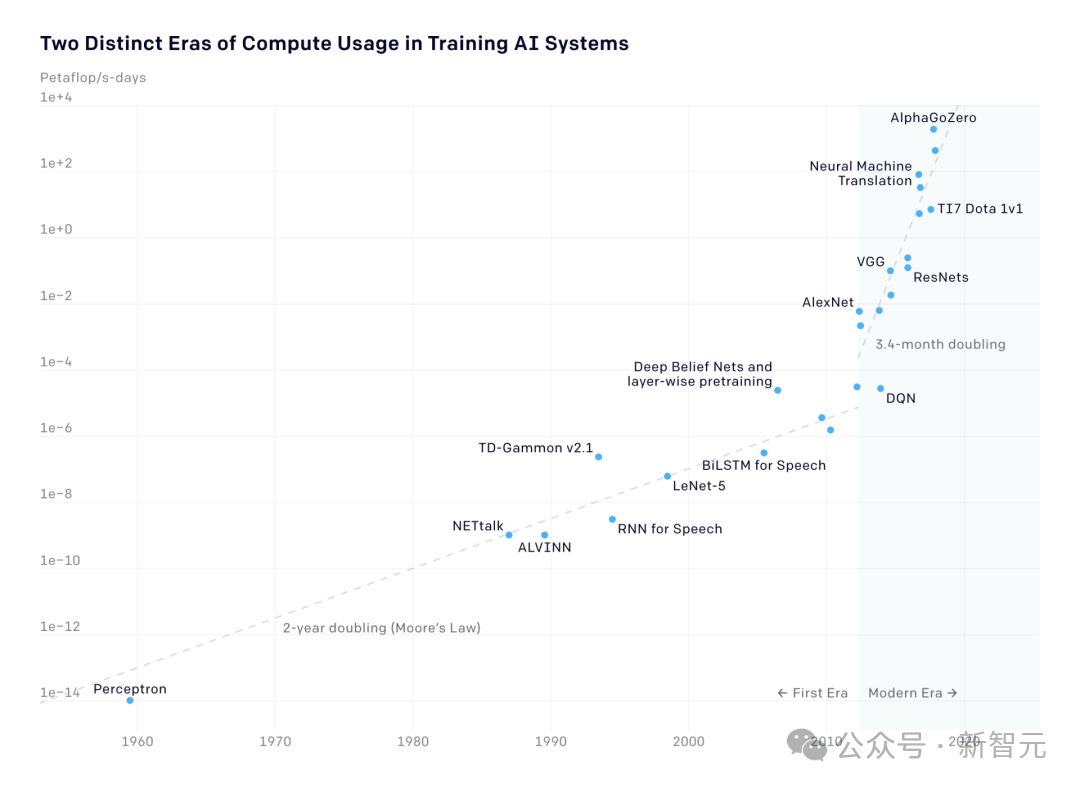
The production of AI chips currently lags far behind the expected demand. Immediate action is needed to ensure an adequate supply of chips within the next decade.
However, establishing a global network of chip factories requires massive investment and takes many years.
Moreover, unlike other companies in the industry, the cost of building and maintaining semiconductor factories is much higher. The construction cost of an advanced factory could be as high as several billion dollars.
Amazon, Google, and Microsoft all prefer to design their own custom chips and outsource manufacturing, mainly due to the exorbitant cost of building and maintaining semiconductor wafer factories!
After all, building the most advanced wafer factory may require an investment of several billion dollars, and establishing such facilities network may take several years.
According to Bloomberg, the amount involved in the negotiations between OpenAI and G42 alone is close to $8 billion to $10 billion.
OpenAI's New Patron: Middle Eastern Tycoons
OpenAI's former patron was Microsoft. Now, in order to raise funds, Altman has contacted Middle Eastern tycoons, such as some investors in the United Arab Emirates.

One of them is Sheikh Tahnoon, one of the most influential and wealthiest figures in Abu Dhabi.
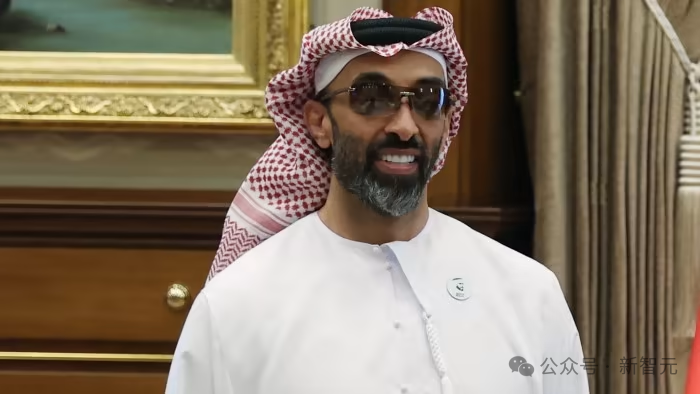
Sheikh Tahnoon is one of the most powerful figures in the UAE, the brother of President Sheikh Mohammed, and also the national security advisor of the UAE.
He is also responsible for overseeing the rapidly expanding business empire and serves as the chairman of several of Abu Dhabi's most powerful sovereign wealth funds, including the $800 billion Abu Dhabi Investment Authority and another state-owned investment entity, ADQ.
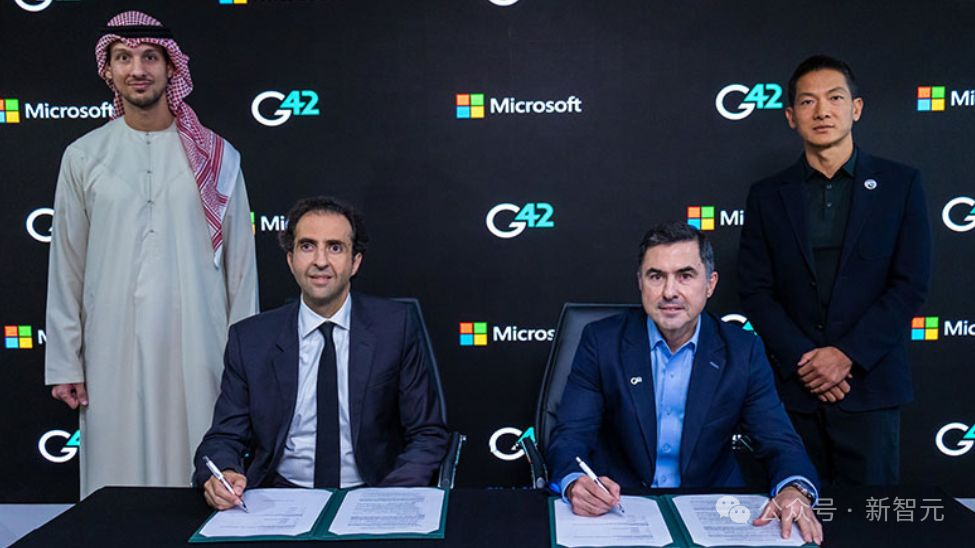
In addition, he also serves as the chairman of the International Holding Company and G42. The former is a large corporate group that has rapidly become the largest listed company in the UAE, while G42 is an ambitious AI company that has established partnerships with Microsoft and OpenAI.
The specific amount of funding Altman is seeking is currently unclear, but to compete with Nvidia, whose market value is close to $1.5 trillion, it will conservatively cost at least several billion dollars.
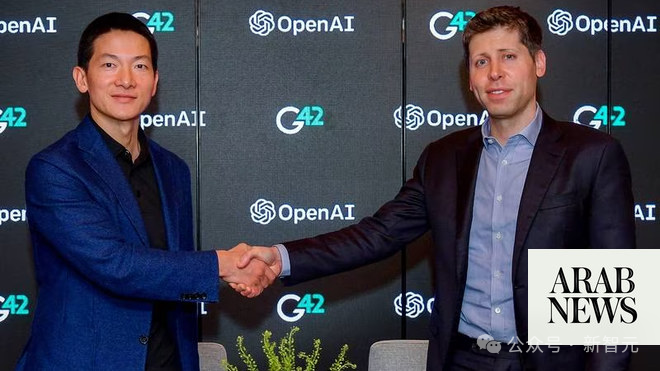
G42 Group CEO Peng Xiao and Sam Altman sign an agreement
Leaving aside everything else, Sam Altman's social skills have truly reached a human ceiling level.
The astronomical cost of building a factory
Let's take a look at how much money Sam Altman needs to build a wafer factory.
The cost of developing 2nm or 3nm process technology can reach billions of dollars, and this cost is increasing as the process node shrinks.
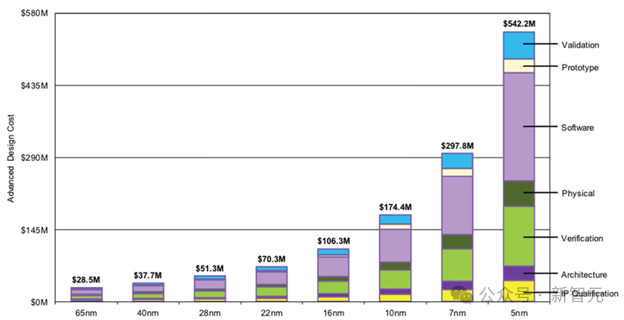
At the same time, the cost of a modern wafer factory capable of mass-producing 3nm or 2nm chips can now reach $30 billion.
Moreover, the cost of wafer factories is rapidly increasing, for example, the price of a Low-NA extreme ultraviolet (EUV) lithography machine is about $200 million, while the price of a High-NA lithography machine is expected to be between $300 million and $400 million.
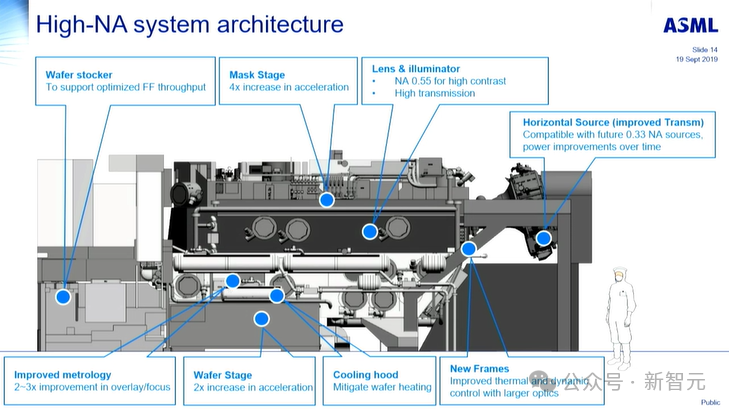
To produce the most advanced AI and high-performance computing (HPC) chips, a leading wafer factory would need to have several of these devices.
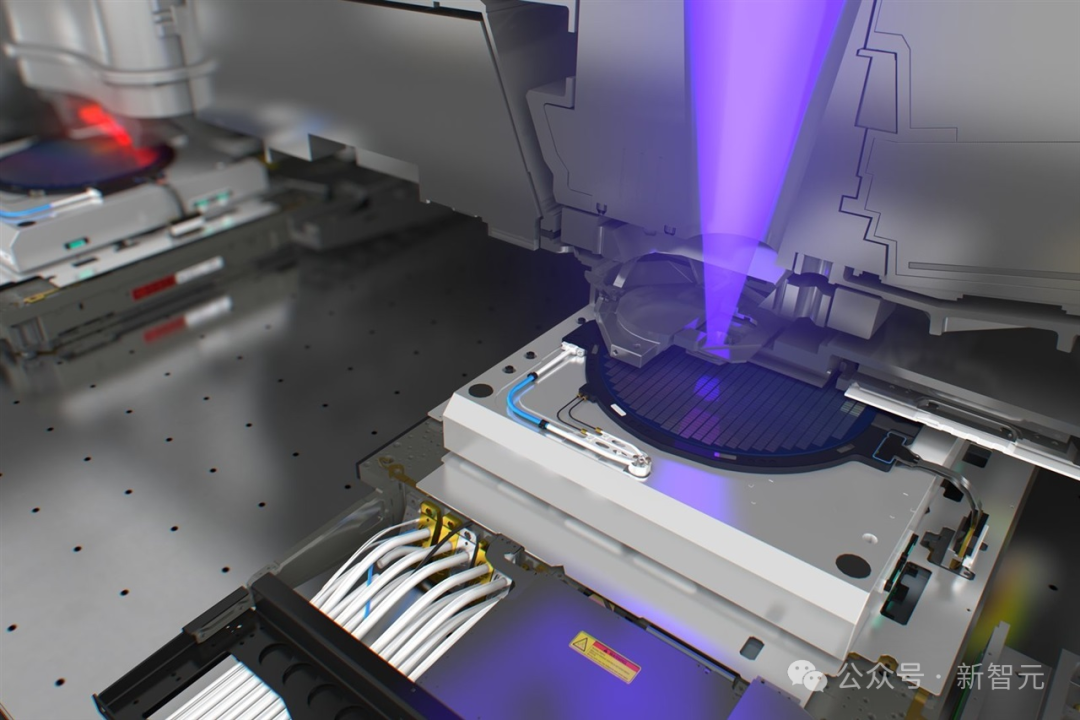
In the AI wave, Nvidia reaps the benefits
Currently, Google, Amazon, Meta, OpenAI, and Microsoft are all using Nvidia's GPUs to train AI and deploy models to customers. Meta alone plans to install 340,000 H100s in servers by the end of the year.
It can be said that Nvidia has a monopoly on the current AI computing power market and holds the pricing power, leading to its rapidly growing income.
Chip startups like Graphcore are finding it increasingly difficult to compete with Nvidia's dominant position, due to the interaction between software and hardware. Simply manufacturing a faster chip is no longer enough, and it is quite difficult in itself.
Clearly, major tech companies have been laying the groundwork early on.
Big tech companies like Amazon, Google, and Microsoft are designing their own custom semiconductor products and outsourcing the production process to other companies.
Now, they are all reaping the rewards. At the end of November last year, Microsoft launched its first AI chip, and Microsoft is also intensifying its collaboration with AMD. Before the spring of 2023, Meta also launched its own chip. Google and Amazon have been developing TPU and Trainium chips for years.
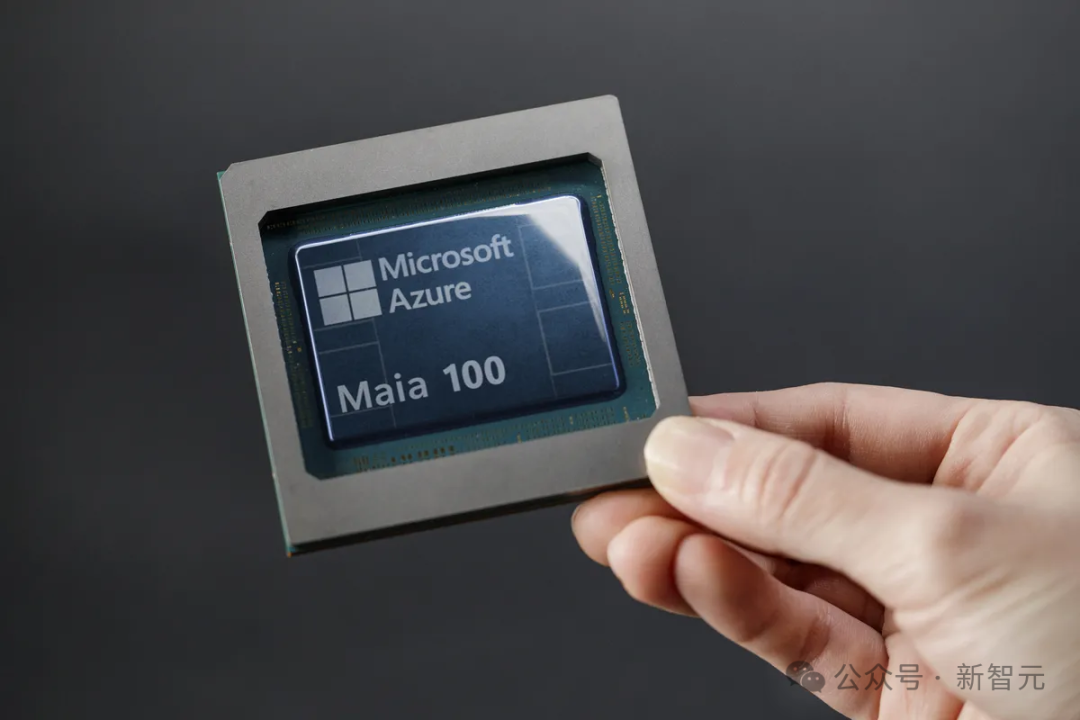
Microsoft's latest Azure Maia 100 chip
OpenAI once angrily spent $51 million to buy AI chips
In December last year, Altman was reported to be involved in "chip trading," which also seemed to be the catalyst for the power struggle within OpenAI.
At that time, foreign media reported that in 2019, OpenAI signed an intent letter worth $51 million with the AI chip startup Rain AI to purchase chips after Rain AI's chips were listed.
Rain AI is developing a "brain-like" NPU chip that can significantly reduce the cost of AI computing, with plans to start shipping in December and begin supplying in October 2024.
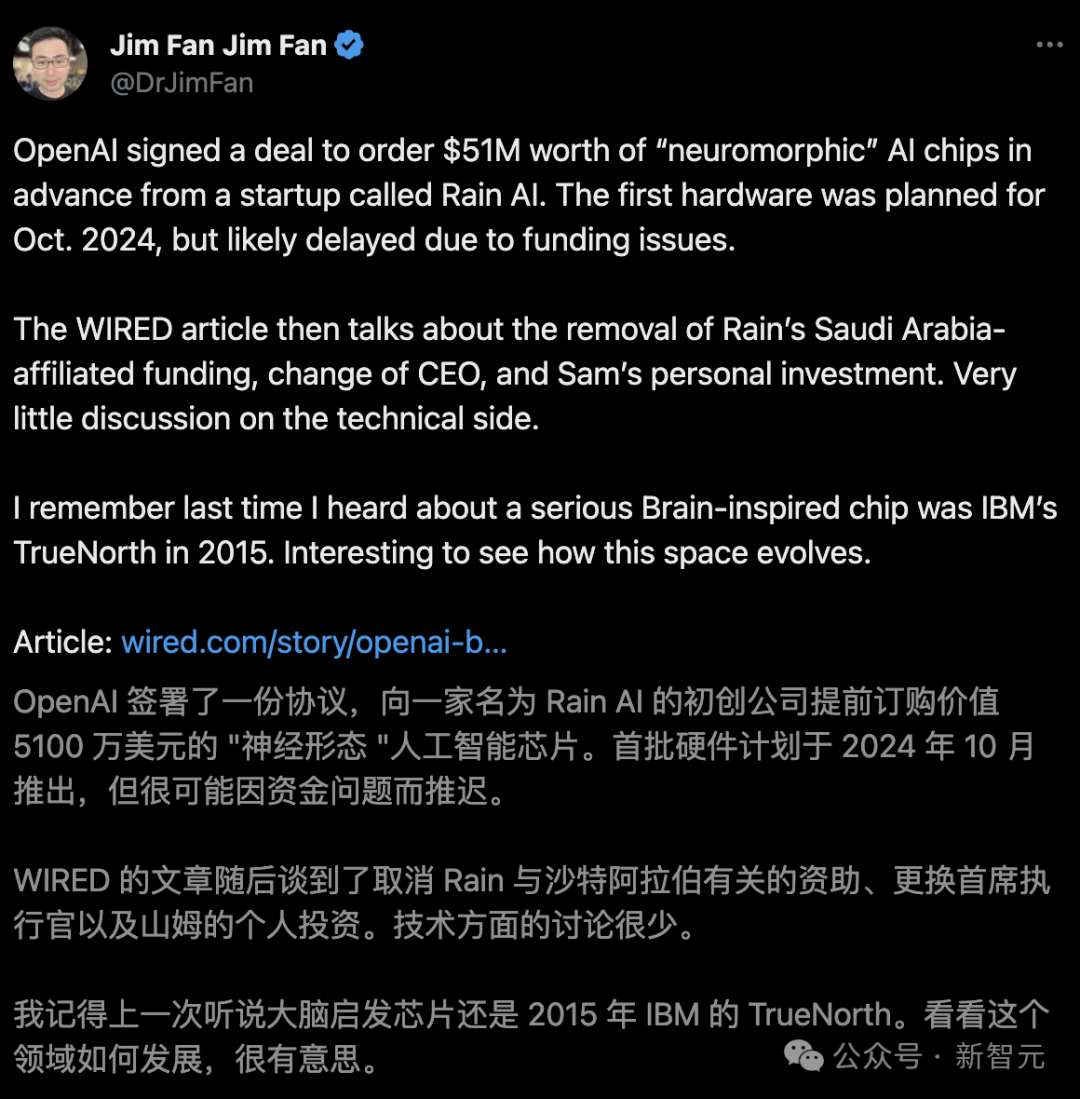
It is also worth noting that Sam Altman, as a shareholder of Rain AI, personally invested $1 million.
According to a source who wished to remain anonymous, one of the reasons Sam Altman was dismissed from the former board of OpenAI was his other investments and their entanglement with OpenAI.
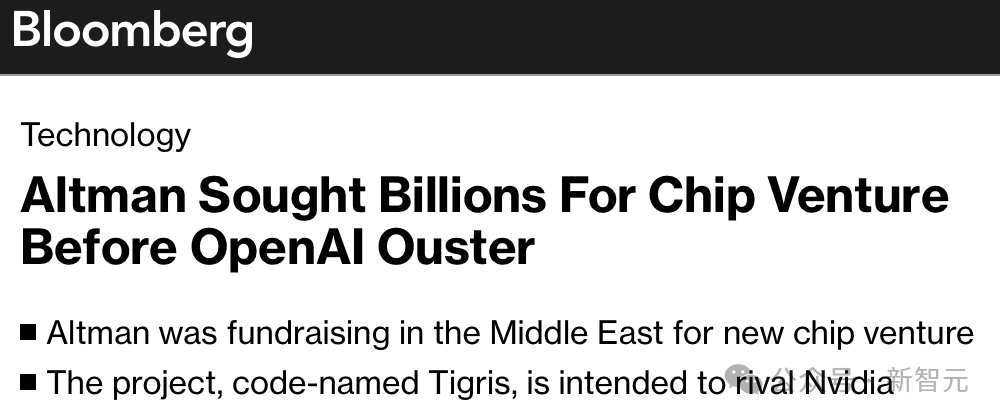
It is reported that Altman had raised funds in the Middle East for this project codenamed Tigris.
The neural morphology processing unit (NPU) developed by RainAI can mimic the functions of the human brain and is expected to provide higher processing power and energy efficiency than today's GPUs.

This NPU "brain-like" chip is claimed to have 100 times the computing power of a GPU and even 10,000 times higher energy efficiency in training.
Rain's goal is to provide a chip that can be used for both model and algorithm training and subsequent inference operations.
According to Rain, this chip will allow AI models to be customized or fine-tuned in real-time based on the surrounding environment.
From this perspective, it is not a direct competitor to current GPUs like Nvidia's H100.
Insiders say that these features are a strong attraction for OpenAI, as the organization hopes to use these chips to reduce the cost of data centers and deploy its models in devices such as phones and watches.
If successful, OpenAI will no longer be constrained by Nvidia.
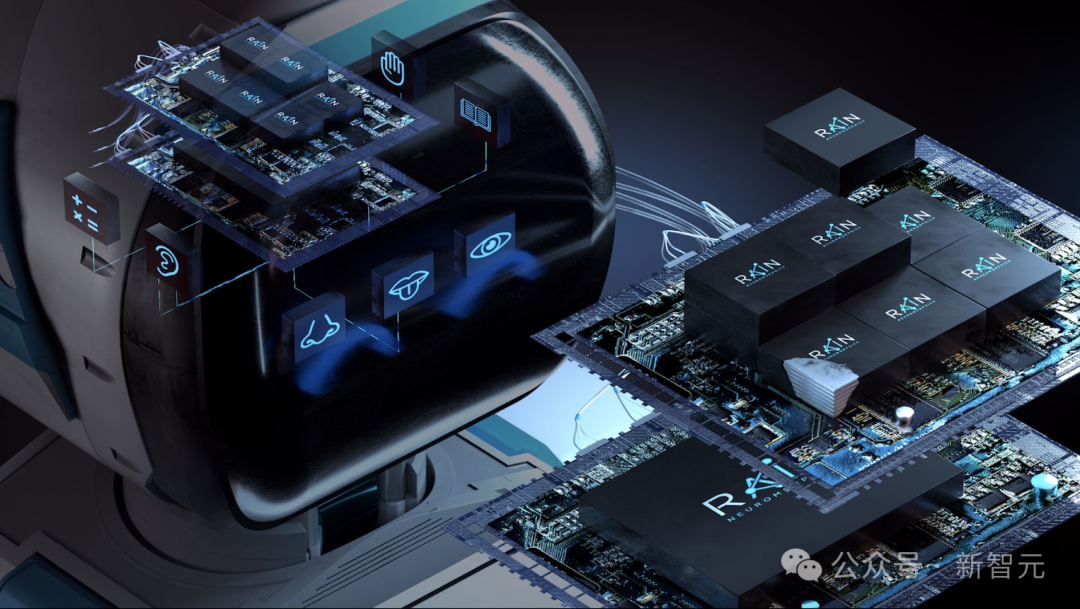
In fact, Altman's layout was made early on.
As early as 2018, he led Rain's seed round of financing, and a year later, OpenAI signed the $51 million chip purchase intent letter.
Of course, Altman's plan has not been smooth sailing.
Previously, Rain's leadership had been reorganized, and the company's investors had also changed. A cross-departmental government agency responsible for overseeing national security risk investments demanded that Saudi Arabia's affiliated fund Prosperity7 Ventures sell its stake in Rain, and subsequently, Silicon Valley's Grep VC acquired these shares.
All these changes may increase the difficulty of bringing new chip technology to the market for Rain and make the realization date of OpenAI's $51 million order unclear.
Overall, the deal with Rain also shows that OpenAI is willing to spend a large amount of money to ensure the chip supply needed for its AI projects.
The $51 million worth of AI chips purchased from Rain AI is only a small part of OpenAI's massive investment in AI chips.
OpenAI's ambitions are quietly unfolding
Before the new year, OpenAI appointed the former head of Google TPU as the hardware chief and is recruiting "data center facility design experts."
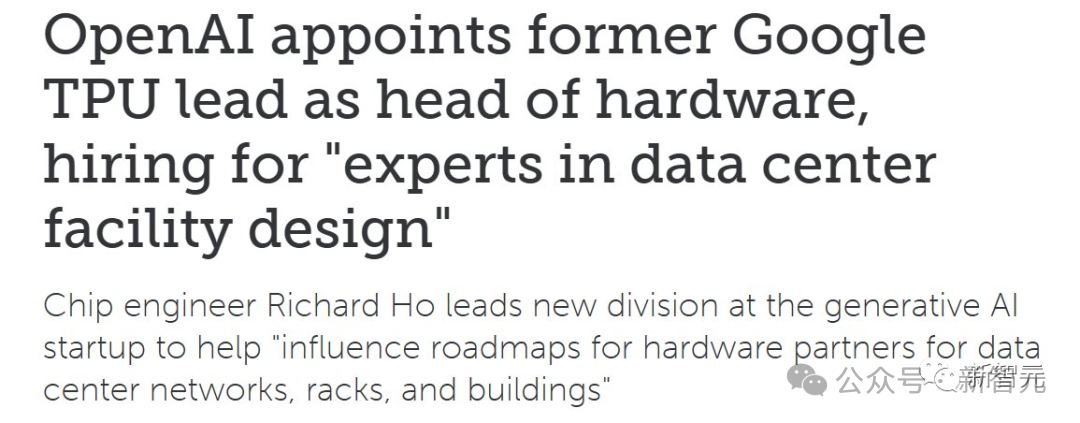
It is reported that a new department led by chip engineer Richard Ho at the generative AI startup is helping optimize partner data center networks, racks, and architectures.

"He played an important role in the creation of TPU. He has also worked at DE Shaw and designed ASICs. So far, he has been more responsible for software-hardware integration, DC design, and accelerator chip selection. But OpenAI has recently hired many experts in compilers and kernels."
In addition, Altman has also had discussions with semiconductor executives, including chip design company Arm, on how to design new chips as soon as possible to reduce costs for OpenAI.
How serious is OpenAI's GPU shortage? Altman: Let's not use ChatGPT for now
Last year, Sam Altman complained all year long that OpenAI had fallen into a serious GPU shortage.
The explosion of generative AI has not slowed down, and it has placed higher demands on computing power. Many companies are using Nvidia's high-performance H100 to train models, but the H100 is very expensive.
Musk even stated that GPUs are now more scarce than drugs.
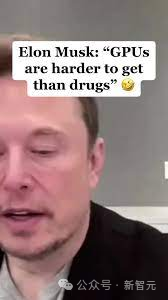
Sam Altman stated that OpenAI has been severely limited by GPU shortages, leading to the postponement of many short-term plans (fine-tuning, dedicated capacity, 32k context window, multimodal).
Even because of the GPU shortage, Altman does not want many people to use ChatGPT.
"Our GPUs are very scarce, and the fewer people use our product, the better.
If people use it less, we will be very happy because we don't have enough GPUs."

Many OpenAI users have been complaining about the reliability and speed of the API, to which Sam Altman explained that the reason is also due to the severe GPU shortage.
Training GPT-5 requires 50,000 H100s, but there have been reports that Nvidia's best chip, the H100, will be sold out before 2024.
If the GPU market cannot keep up, it will hinder OpenAI's ability to improve and train new models.
Now, with Altman running around everywhere, can he raise tens of billions or even trillions of dollars to build a wafer factory? Can he sustain the operation of the factory?
Currently, all we know is that his actions could potentially change the entire foundry market landscape.
References:
https://www.tomshardware.com/tech-industry/artificial-intelligence/openais-sam-altman-raises-billions-to-build-chip-empire-report
https://the-decoder.com/gpt-4-successor-reportedly-a-major-upgrade-openais-altman-in-talks-with-tsmc-for-ai-chips/
https://www.ft.com/content/1cdaadc3-b384-4f50-88ff-291c062c8376
免责声明:本文章仅代表作者个人观点,不代表本平台的立场和观点。本文章仅供信息分享,不构成对任何人的任何投资建议。用户与作者之间的任何争议,与本平台无关。如网页中刊载的文章或图片涉及侵权,请提供相关的权利证明和身份证明发送邮件到support@aicoin.com,本平台相关工作人员将会进行核查。




